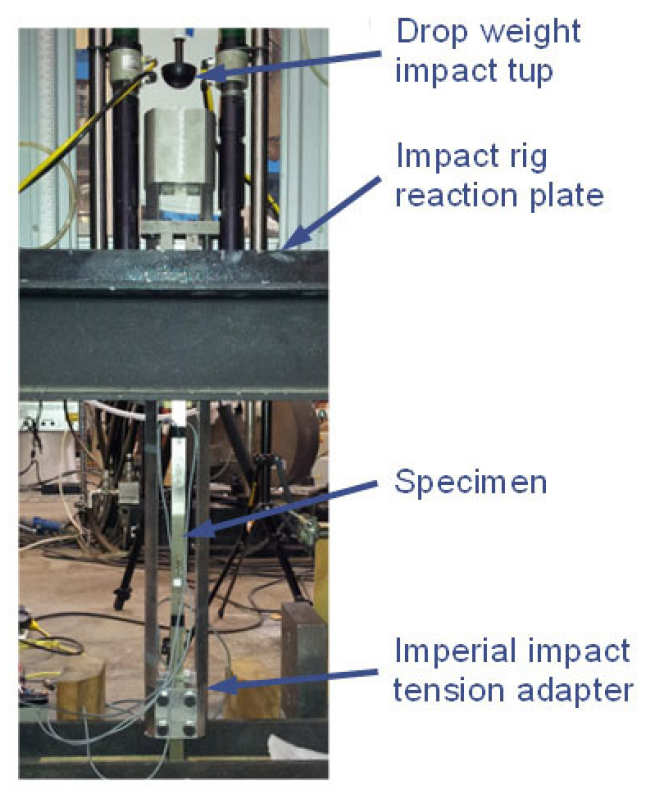Investigating the structural performance and frequency filtering effects in protruded and perforated hybrid metal to composite joints
Research Team: Dr Luke A Louca, Mr Reuben Brambleby, Mr Andy Pullen
Sponsors: Office of Naval Research (USA)
Background
There has been a significant move towards lighter and more capable naval vessels over the last decade. Driven by the high demand of advanced naval vessels with enhanced performance in terms of payload, range, stability, corrosion resistance, damage tolerance and stealth.
Fibre reinforced polymer (FRP) materials such as glass fibre reinforced polymers (GFRPs) are being more widely used as primary structural members, as they have demonstrated that their material properties fulfil the higher performance requirements of naval applications. In particular, practice shows that vessels made of FRP can have a greater survivability.
However, FRPs are not applied typically in isolation due to their insufficient stiffness and ductility compared to traditional metallic materials. This has led to a rapid expansion of interests in metal and composite combined structures.
However, one weakness often observed in composite structures is their susceptibility to failure at joints when subjected to high rate loading from an impulsive load source. Thus, design of metal-to-composite hybrid joints appears to be one of the major structural challenges. Hybrid joints usually entail geometry and material discontinuities which can induce stiffness mismatch and cause local stress concentrations.
The shock impedance mismatch caused by the different wave propagation characteristics can also be crucial to the structural response of the hybrid joints under impulsive loads due to sources such as an air blast or underwater explosion.
Methodology

The work underway involves both physical testing and numerical simulation of the test in order to validate the finite element models to predict the response up to failure of the joints. The physical testing involves placing the hybrid joint under dynamic tension.
Imperial College have developed a tension adapter to be used in the Instron Dynatup instrumented impact test rig, the tension adapter transforms the standard compression impact load generated by the rig into a dynamic tension load in the specimen, see image.
The Imperial College tension adapter is currently employed on this project to generate dynamic tension loads in the perforated joint specimens.


